If you’re planning a trip across the United States, one of the first questions you might ask yourself is: How many states are there in the USA? While it might seem like a simple question, there’s more to the story than just the number 50. In this comprehensive guide, we’ll break down what defines a state, share fun facts about these diverse regions, and explore how this knowledge can enhance your travel experience across the U.S. So, buckle up as TravelersNetwork takes you on a journey across all 50 states, with a few surprises along the way!
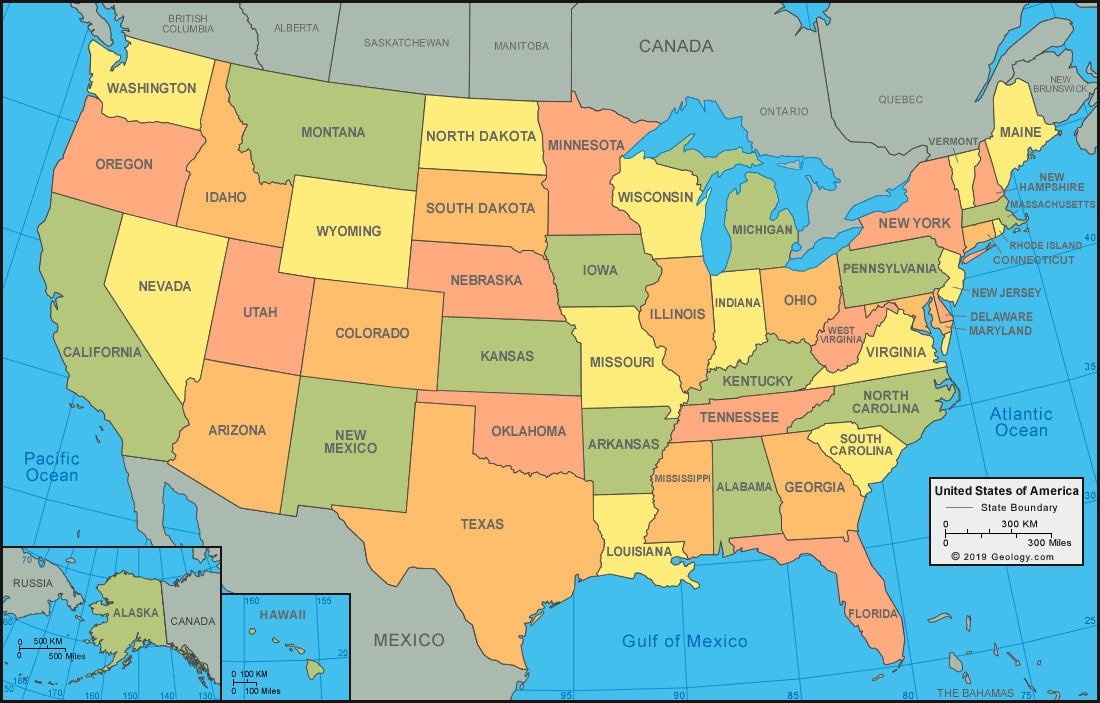
Complete list of all 50 states in the USA
- Alabama
- Alaska
- Arizona
- Arkansas
- California
- Colorado
- Connecticut
- Delaware
- Florida
- Georgia
- Hawaii
- Idaho
- Illinois
- Indiana
- Iowa
- Kansas
- Kentucky
- Louisiana
- Maine
- Maryland
- Massachusetts
- Michigan
- Minnesota
- Mississippi
- Missouri
- Montana
- Nebraska
- Nevada
- New Hampshire
- New Jersey
- New Mexico
- New York
- North Carolina
- North Dakota
- Ohio
- Oklahoma
- Oregon
- Pennsylvania
- Rhode Island
- South Carolina
- South Dakota
- Tennessee
- Texas
- Utah
- Vermont
- Virginia
- Washington
- West Virginia
- Wisconsin
- Wyoming

The United States: 50 States, 50 Unique Experiences
The United States is composed of 50 states, each with its own unique culture, landscape, and history. Whether you’re craving the vibrant city life of New York, the natural beauty of California, or the rugged wilderness of Alaska, there’s something for everyone. But how did we get to this magical number of 50?
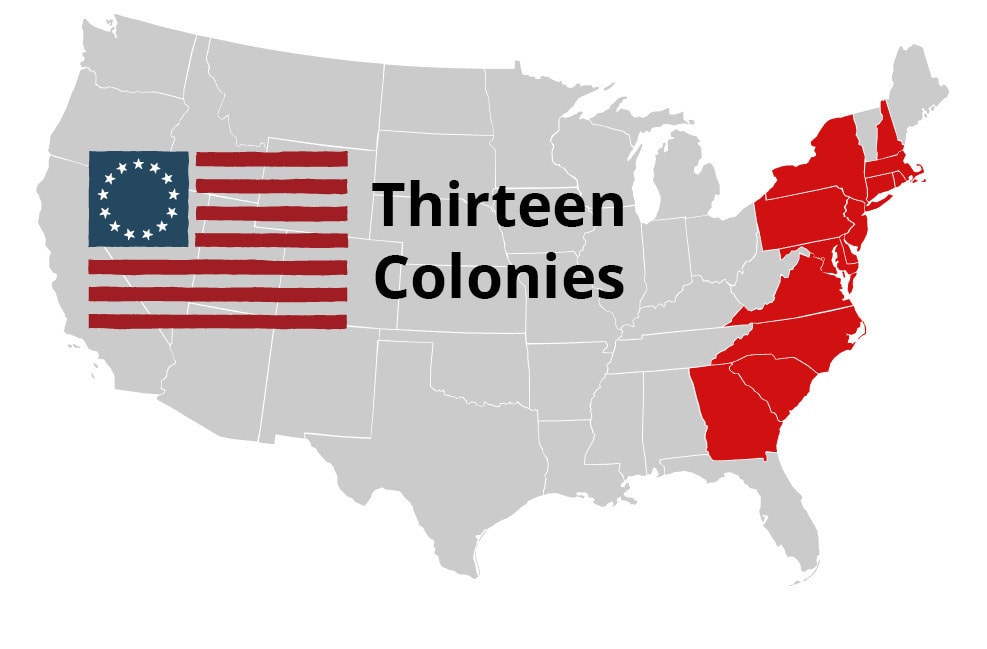
A Brief History: From 13 to 50
The journey to becoming a nation of 50 states began with the original 13 colonies, which declared their independence from Britain in 1776. Over the next two centuries, more territories were added, each one officially joining the Union through a process called statehood. Hawaii, the 50th and most recent state, joined the U.S. in 1959.
Each state represents a distinct part of the American puzzle, contributing its own unique flavor, resources, and opportunities to the larger U.S. picture. Understanding the history of these states not only gives you context as you explore the country but also helps you appreciate the diversity that makes traveling across the U.S. so rewarding.
What Makes a State a “State”?
Before diving into the different states and what they have to offer travelers, it’s important to understand what defines a state. In the U.S., a state is a political entity with its own government that operates under the larger umbrella of the federal government. States have the power to make their own laws, govern education, infrastructure, and more, all while being subject to federal laws.

While there are 50 official states, U.S. territories like Puerto Rico, Guam, and the U.S. Virgin Islands sometimes get mixed into conversations. These territories don’t have full state status but still fall under U.S. jurisdiction, with their own unique travel appeal.
Traveling Across the 50 States: What to Know Before You Go
As you plan your adventure across the U.S., knowing how many states there are isn’t just trivia—it’s crucial for making the most of your trip. Here’s why:
1. Each State Is Like Its Own Country
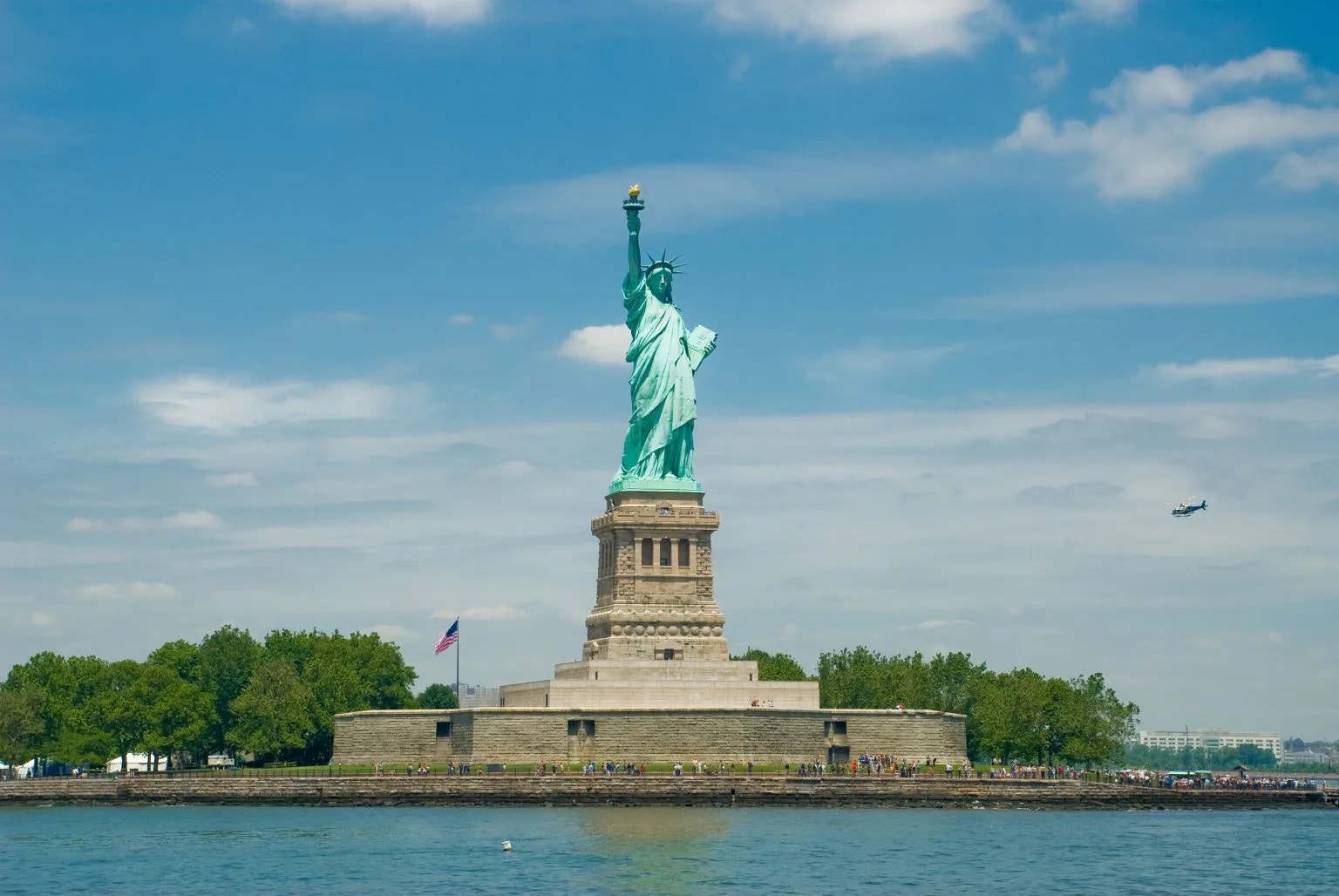
The United States is vast, and each state offers a completely different experience. If you’re hopping from one state to another, you might feel like you’re traveling between countries. For example:
- Texas boasts sprawling deserts, cowboy culture, and BBQ.
- New York is a bustling hub of art, finance, and skyscrapers.
- Hawaii is a tropical paradise with lush landscapes and beaches.
TravelersNetwork suggests embracing the differences! Researching the states you’re visiting beforehand can help you plan better. You wouldn’t pack the same clothes for a trip to snowy Alaska as you would for a sunny getaway to Florida.
2. State Laws and Culture Change from Place to Place
One of the most fascinating things about traveling across the U.S. is how state laws, customs, and even accents vary widely. For example, some states have strict liquor laws, others allow recreational marijuana, and certain driving rules differ from state to state. Understanding these nuances can help you avoid awkward situations (or fines!) as you travel.

- Pro Tip from TravelersNetwork: Always check local laws before you arrive in a new state. Even something as simple as turning right at a red light can be illegal in some places!
3. Discover the Hidden Gems
While states like California and Florida tend to grab the spotlight, there are countless hidden gems across lesser-known states that are waiting to be discovered. States like South Dakota, with its stunning Badlands National Park, or Maine, famous for its rugged coastline and seafood, offer extraordinary experiences that aren’t always on the typical tourist’s radar.
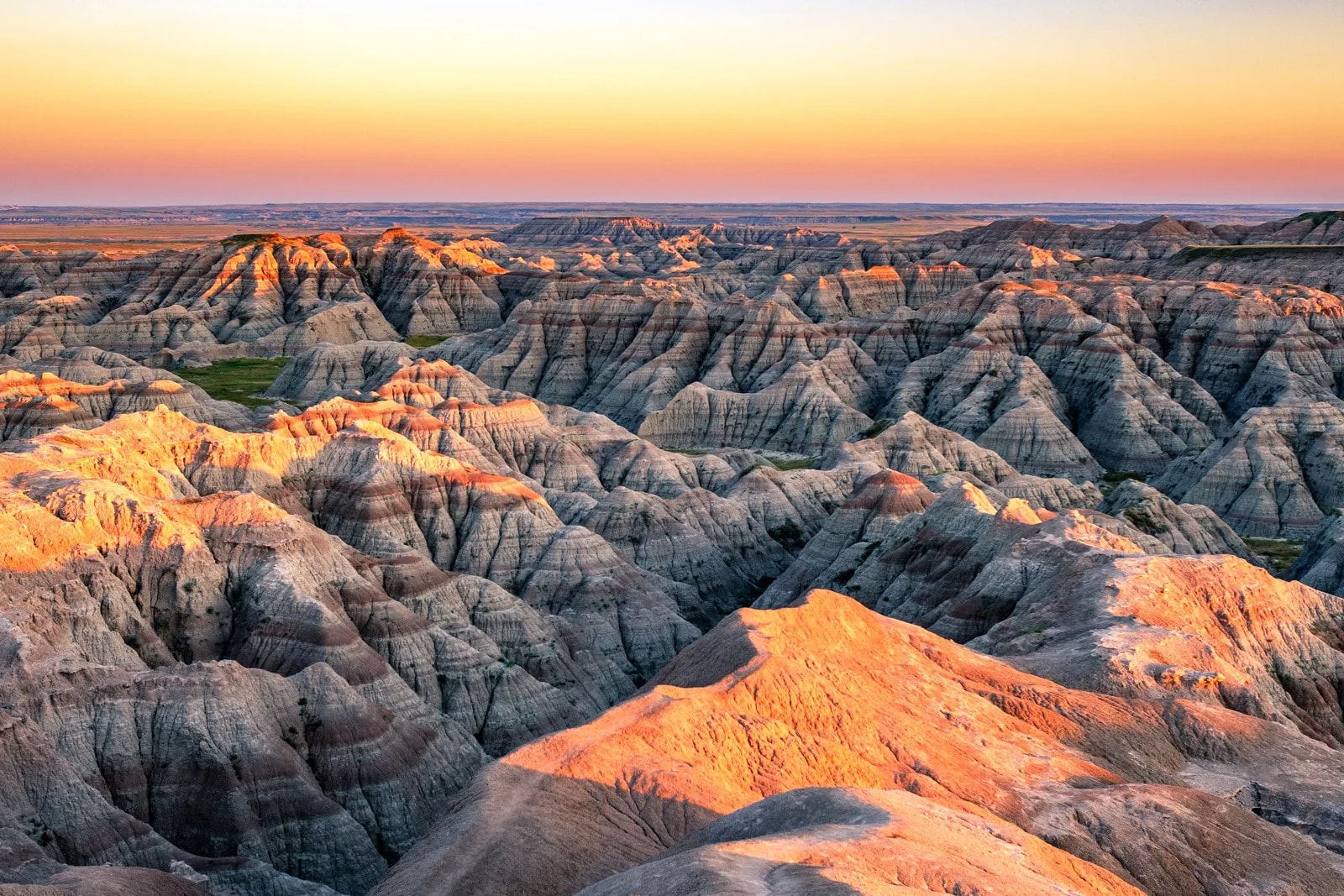
Off-the-beaten-path destinations often provide more authentic and affordable travel experiences, allowing you to connect with local culture and nature in a unique way.
The Role of Territories: Beyond the 50 States
While the USA officially has 50 states, there are also U.S. territories that play a significant role in the country’s makeup. These territories—such as Puerto Rico, Guam, American Samoa, and others—aren’t considered full-fledged states, but they still contribute to the country’s diversity and richness.
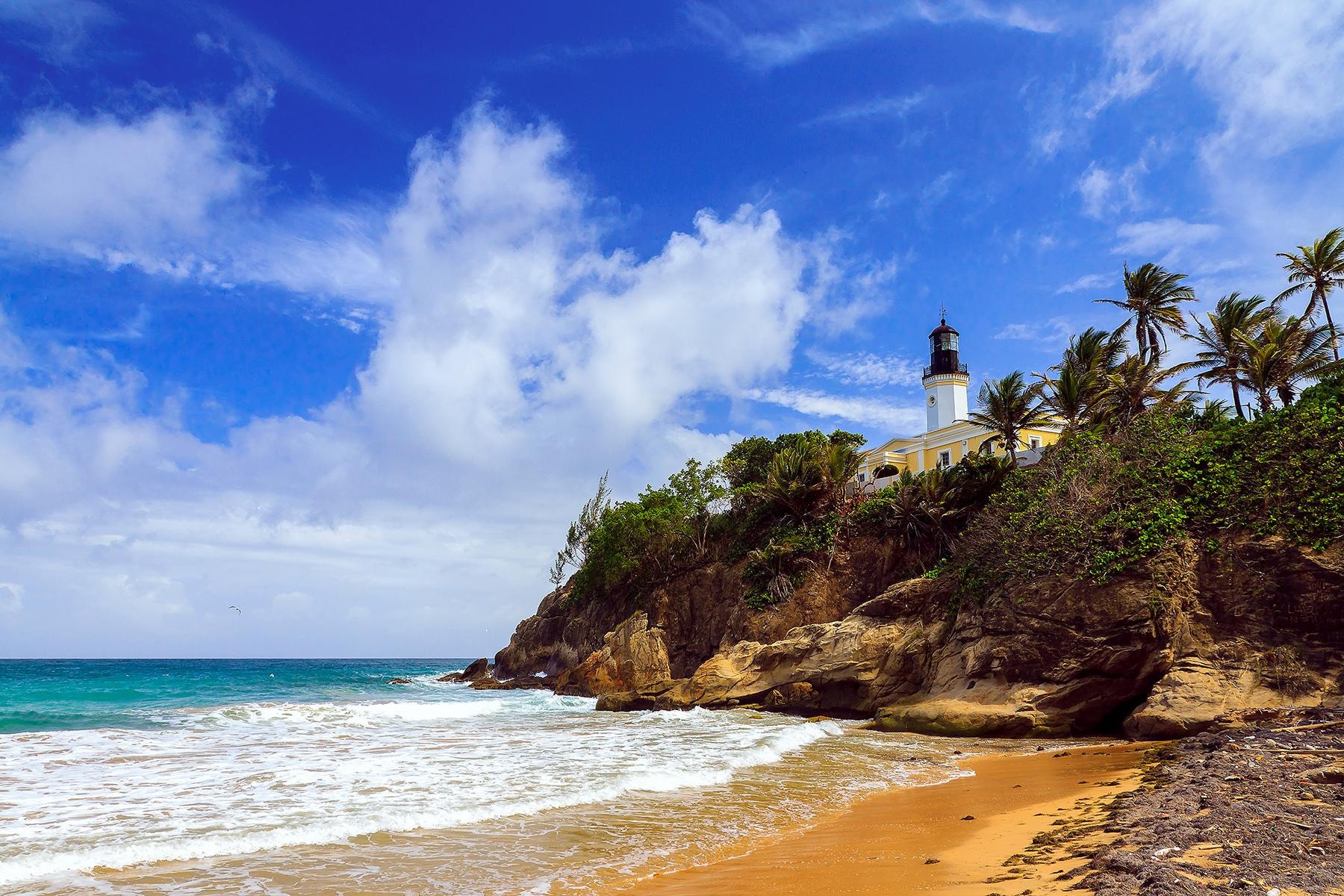
- Puerto Rico, for example, is a Caribbean island rich in history and culture, making it a popular destination for travelers seeking both adventure and relaxation. The people of Puerto Rico are U.S. citizens, and while the territory is not a state, it’s certainly worth a visit for its vibrant nightlife, beautiful beaches, and historical sites.
- Fun Fact: While U.S. territories don’t have full voting rights in presidential elections, their residents are still subject to many U.S. laws.
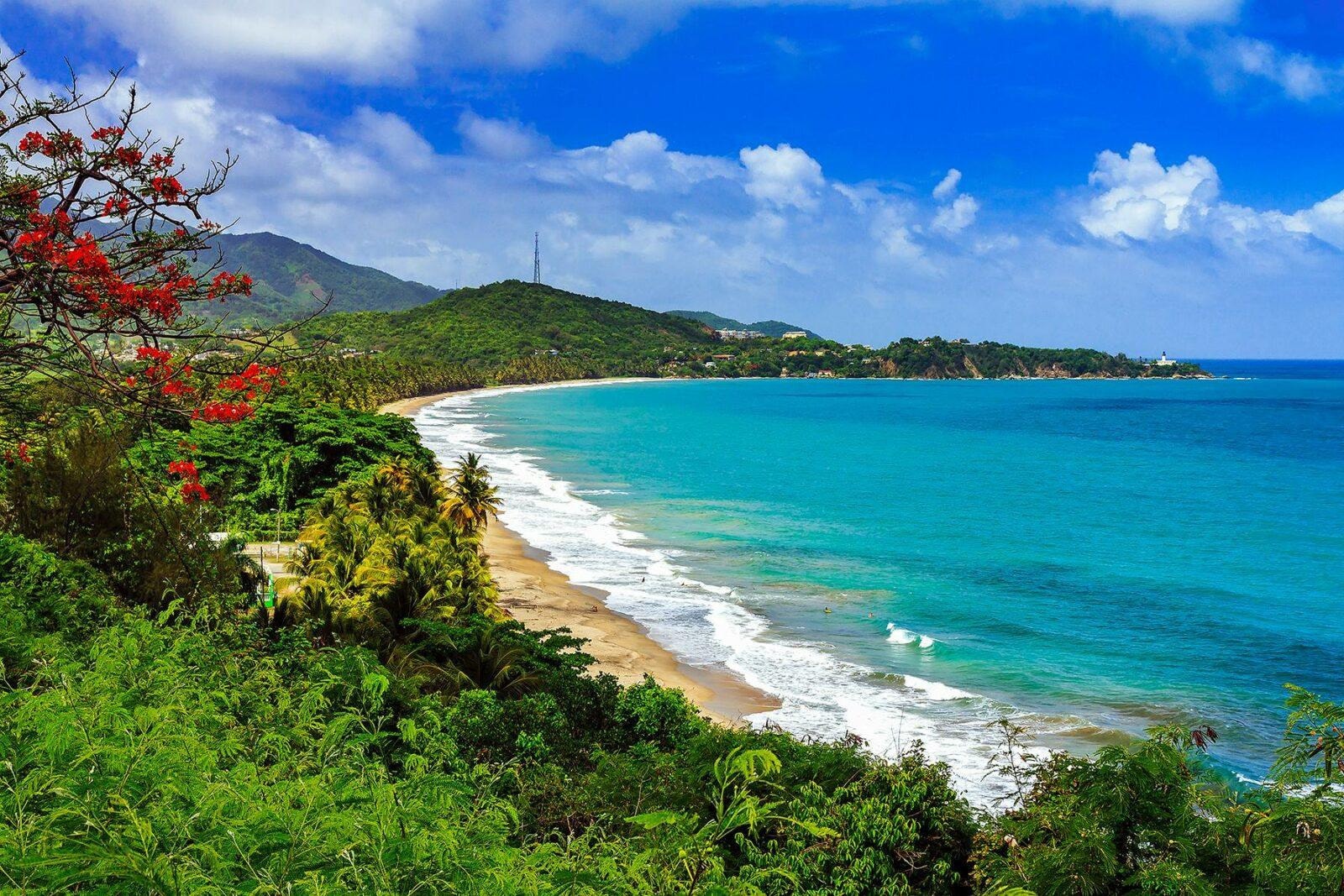
Exploring these territories can provide a different yet complementary experience to visiting the 50 states, and it’s all part of understanding the full scope of the USA.
Why Knowing the 50 States Enhances Your Travel Experience
Now that you know how many states there are and what they represent, how does this help you as a traveler? Whether you’re a first-time visitor or a seasoned explorer, understanding the geography, culture, and history of each state can enrich your journey in several ways:
- Efficient Planning: You can plan your route more effectively when you know how many states you’ll pass through and what each one has to offer. Whether it’s finding the best road trip route or knowing where to take scenic detours, the U.S. is made for exploration.
- Appreciating Diversity: Traveling across the U.S. means experiencing a melting pot of cultures, from the Indigenous history of states like New Mexico to the French influences in Louisiana. You’ll gain a greater appreciation for the diverse lifestyles and traditions that make America unique.
- Maximizing Your Adventure: Understanding the quirks and highlights of each state helps you choose activities and experiences that suit your interests. For example, if you love hiking, exploring the mountain ranges of Colorado might be your dream destination, while wine lovers should not miss California’s Napa Valley.
Conclusion: Explore the U.S. with TravelersNetwork
The U.S. is home to 50 states, each one offering a unique experience, culture, and landscape. Whether you’re visiting for the first time or embarking on a cross-country adventure, understanding the diversity and individuality of each state can make your trip more meaningful. From the bustling streets of New York to the tranquil beaches of Hawaii, TravelersNetwork encourages you to embrace the variety and make the most of your journey through all that the U.S. has to offer!
So, what are you waiting for? Pack your bags, plan your route, and get ready to explore all 50 states like never before!

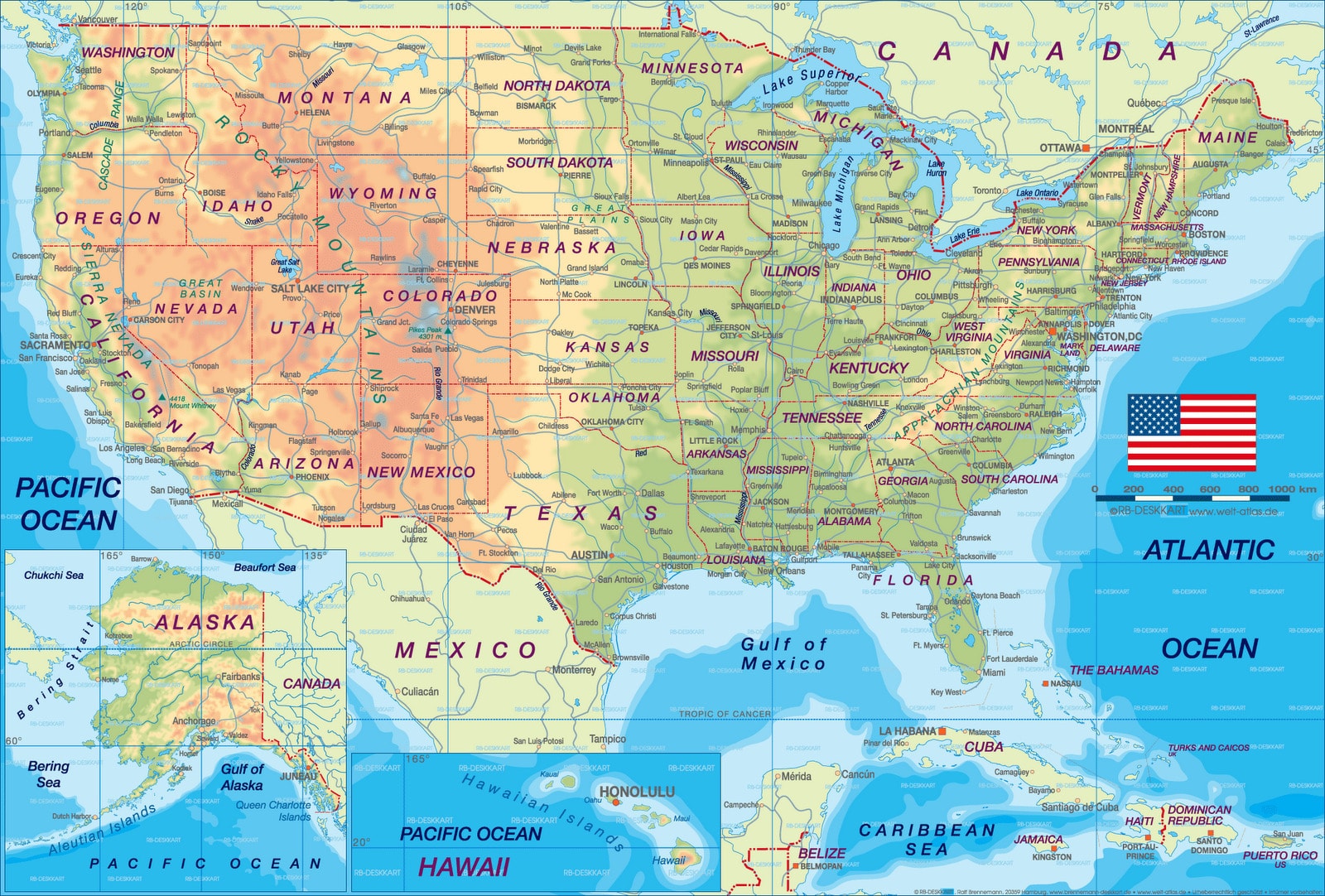




Leave a Reply